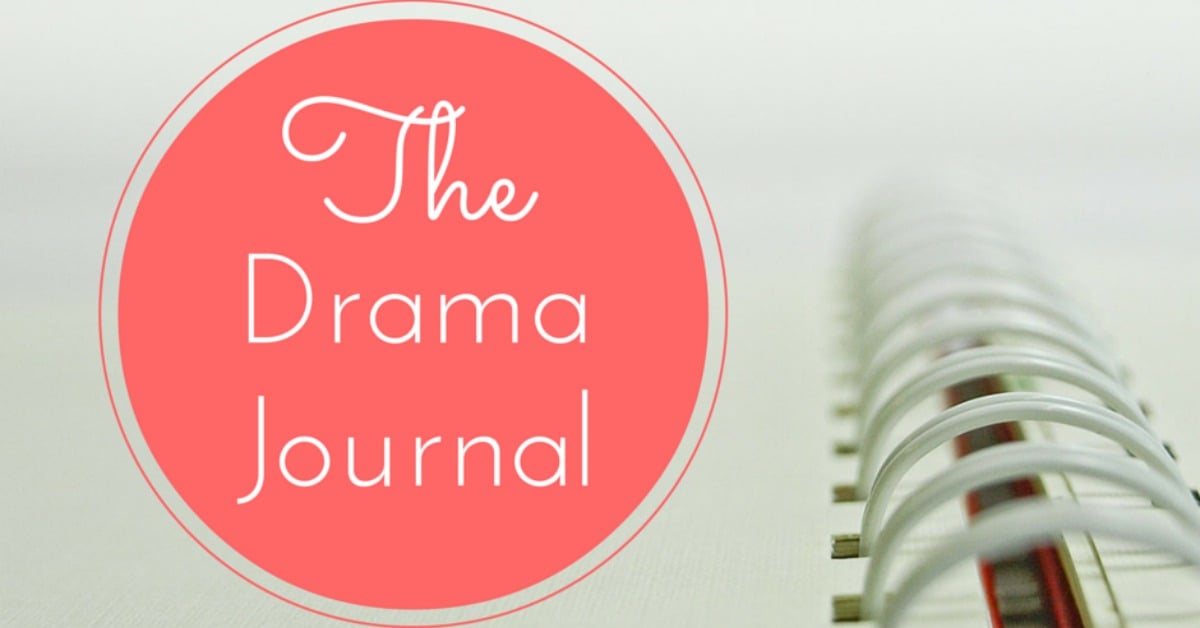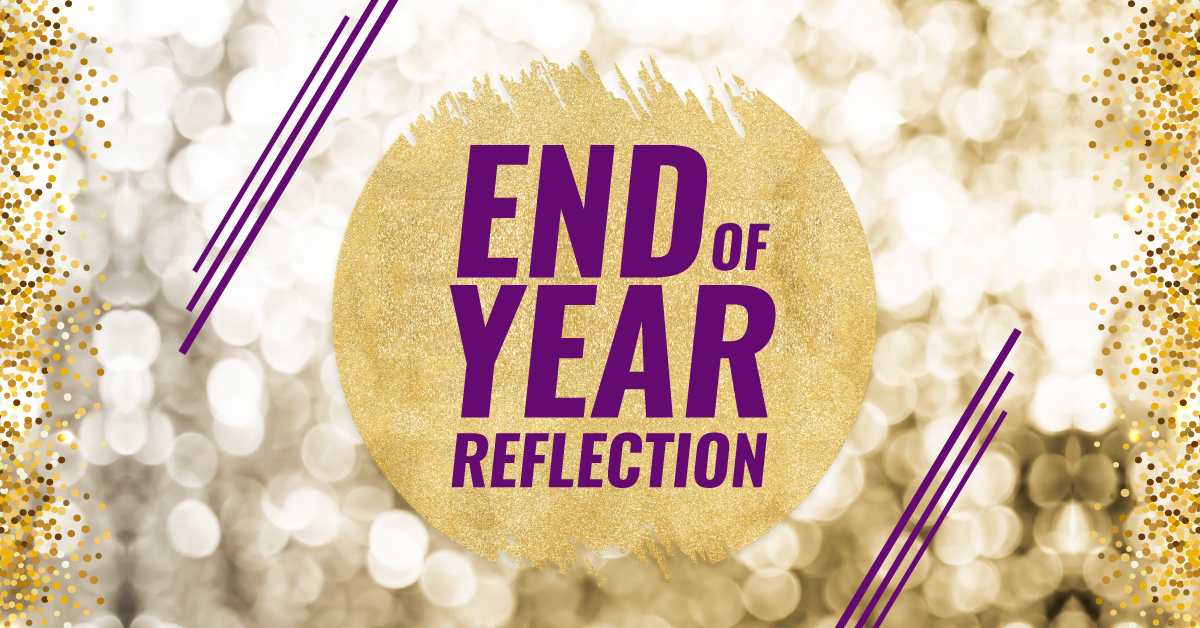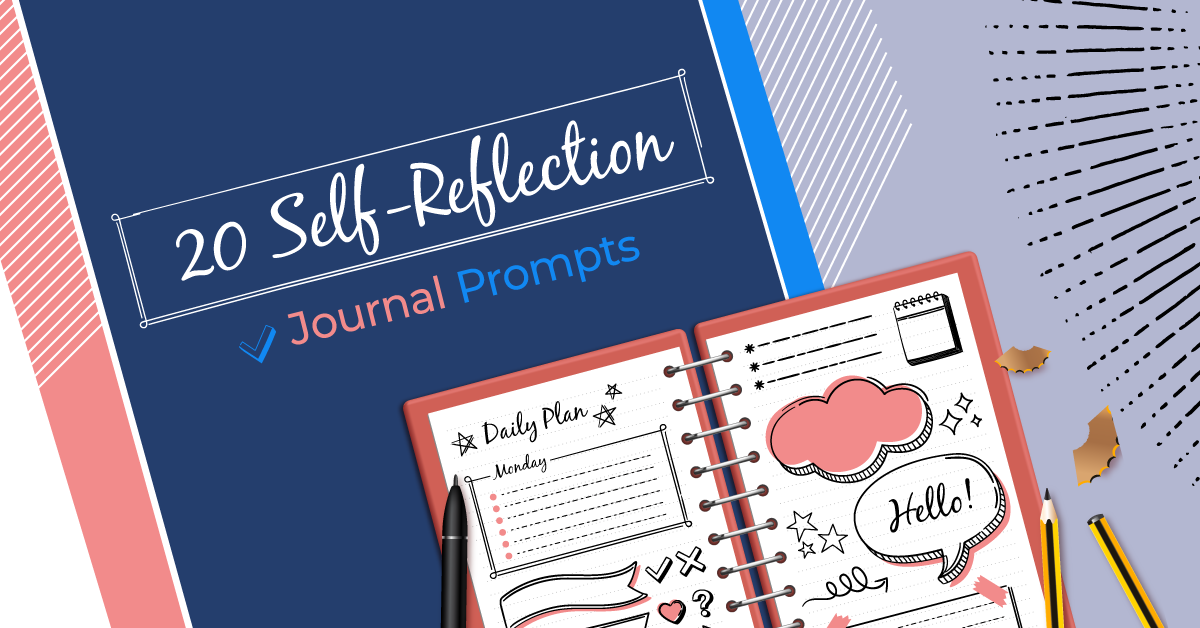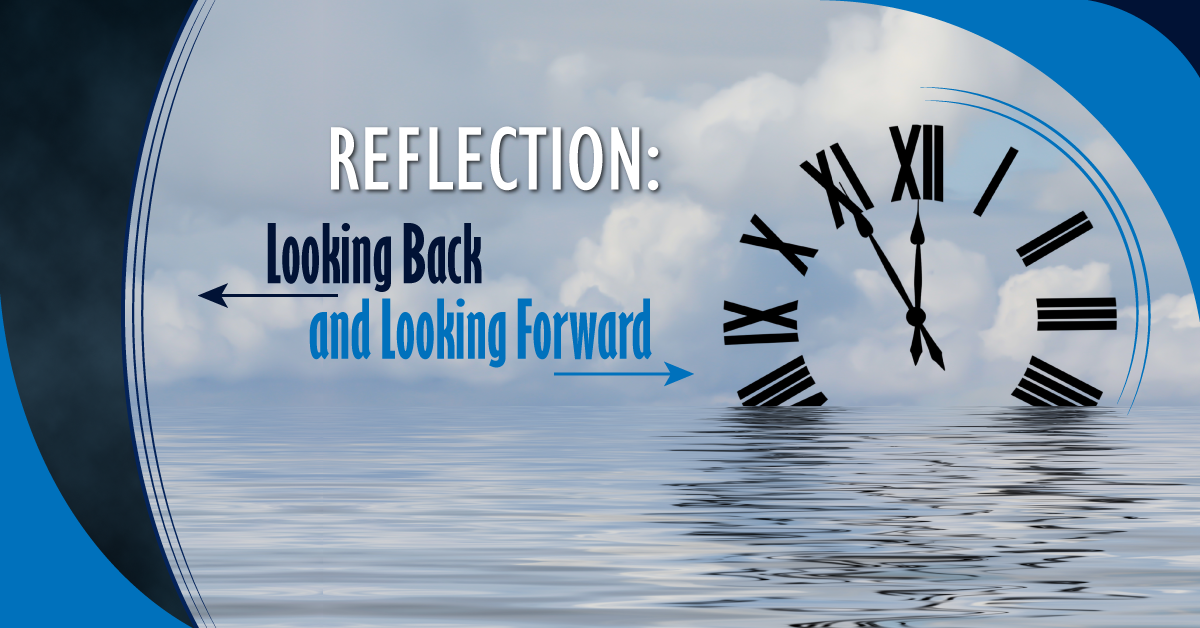The Drama Journal
“When planning drama experiences teachers should provide students with many opportunities for reflection and self-evaluation. Through reflection students may extend and clarify their understanding of dramatic art form and topics they choose to explore. They may also assess their own contributions to the drama work and their ability to work with others.” ~ Curriculum Requirements, Saskatchewan Education.
Journaling is a vital part of the drama classroom. The journal gives students the opportunity to self-reflect and self-evaluate, and to practice assessing and evaluating others. Not only are these elements essential to the classroom, they also help students build real world skills. The ability to evaluate what you do and what others do in a constructive manner is incredibly useful in every walk of life.
What happens in performance is rarely the only area where learning has occurred in the drama class. What goes on in rehearsal, what happens between actors, how problems arise and are solved, these are all elements which can’t be quantified in a final product. Journaling provides a way for students to record, monitor and reflect on these learning areas.
It’s good for students to have a place to generate and gather source material for written work. The journal can be used to brainstorm, to jot down ideas, to work out creative possibilities. The majority of drama classes will include some kind of writing project and the journal is one way to keep create thoughts collected in one area.
The drama journal is the place to:
- Assess and Evaluate.
- Respond and Reflect.
- Create and Brainstorm.
- Offer suggestions, ask questions.
- Record thoughts and concerns
- Discuss the positive and the negative.
What should go into a drama journal?
- Questions and answers.
- Reflection on a particular exercise or class.
- Assessment/Evaluation of a student’s own work and the work of others.
- The tracking of personal growth.
- The addressing of challenges and possible solutions.
- Expectations and goals.
- Ideas/Research for an upcoming piece.
- Character work for a scene.
- Reaction to a performance.
- A record of achievements and areas of improvement.
What should stay out of a drama journal?
A journal is not a diary. It is a classroom tool. It’s easy for students to misunderstand the purpose of the drama journal. It can often be mistaken for a diary, which is not its intended purpose. Personal response and reflection is different than writing in a personal diary or having a personal emotional outburst. It’s one thing to criticize yourself or a fellow performer. It’s another to critique a performance, providing reasons for your opinion and offering suggestions of improvement. It is in this way that journaling is a learning tool and an opportunity to improve a skill.
Journal Topic Areas
If you cannot increase reflective power in people, you might as well NOT teach, because reflection is the only thing in the long run that teaches anybody. Reflection is what makes the knowing something that can be touched on and assimilated for further use. ~Dorothy Heathcote
See the end of the post for a PDF Journal Topic Guide, with suggestions for each topic area!
Personal Reflection
This area has students consider who they are as human beings, where they would like to change and grow, and how they see their place in the world. It is a reflection of the self. Encourage the use of collage, drawings, or other tools to form personal reflection journal entries. They do not necessarily have to be written. Some students respond to visual rather than written mediums.
Drama Reflection
This area has students consider their personal views on theatre and drama. It offers students the opportunity to define why they are in the class, what expectations they have, and what they would like to learn. This is something that would be well suited to the beginning of the term and then answered again at the end. Have students note any changes in their answers.
Extra Tip: Create a skills checklist that students can keep in their journal. A list of the skills that they are expected to learn throughout the class. Have them refer to it once a month. What new skills have been checked off? Have students reflect on how far they’ve come in class, and if nothing new has been checked off why is that?
Critical Reflection
This area has students consider their own work (rehearsal and performance self-evaluation) as well as examine the work of others. Critical reflection deals with assessment and evaluation. Critical Reflection is the hardest and the most important. Student can easily fall into being critical of themselves and their peers which is not the point. It’s also easy to resort to “I liked it. I didn’t like it.” These are not helpful statements. Seeing your own work and the work of others with a critical eye encourages students to ask questions, to draw conclusions based on what they see, and to offer suggestions for the future.
Critical Reflection Exercise: When students are working in a group, make it the responsibility of one person (which will change from rehearsal to rehearsal) to write a critical reflection of the rehearsal.
- How is the scene progressing?
- How is the group working together?
- Is there one leader, or does everyone participate?
- What has changed since the last rehearsal?
- A comment for each actor in the group.
Creative Work
This area has students brainstorming ideas, completing warm up exercises, writing monologues, or using sentence starter prompts to get the creative juices going.
Quality of Work
Journal entries should use complete sentences unless otherwise specified (e.g. a collage). Every journal entry should start with the date. A standard length should be between 200 and 300 words.
In terms of content, the purpose of journal entries is to show the teacher that the student understands and is able to comment thoughtfully on a specific experience. The aim of the student is to demonstrate a skill – whether it be assessment, reflection, or creative brainstorming. To use the journal as a personal outburst or diatribe is inappropriate. To say I don’t know, I don’t understand, or I have no answer is inappropriate, unless there is follow up explanation for the confusion. There is always an answer when it comes to personal reflection because there is always a personal point of view.
How do I get students to avoid one word answers in their journals?
To make the most of a journal entry, there has to be more than, “This was good, this was bad, I don’t know what I learned.” There has to be an effort. Having said that, some students don’t know where to start and thus offer shortened answers simply because they have never had to write in this manner before.
To encourage a fully realized response, journal entries can follow two templates:
The WHAT of the situation followed by the WHY.
If a question asks students to give their opinion (WHAT struck you about the performance of Group A?) they must follow up their opinion with reasons WHY. This way, students can practice moving beyond simply criticizing what they see, because they have to back up their opinion. Students should be aware that the WHY is the most important part of the answer because it shows thought and consideration.
A second template is:
The WHAT of the situation, followed by the HOW.
The HOW portion of the answer allows students to break down experiences beyond blanket statements. It’s more than, “I acted in a scene.” Students have to consider how they approached the character, how they worked in their group, how they came up with the blocking. Here are some WHAT/HOW examples:
- What exercise did you do?/ How did you approach it?
- What was the audience response?/ How would you evaluate your work?
- What can you change for next time?/ How can the exercise change?
- What was the outcome of the exercise?/ How can you improve?
- What did you learn? / How will this apply to future exercises?
- What did you dislike about the exercise/ How can you improve the experience for yourself?
- What was it like to work with your group?/ How well do you work with other people?
Assessment vs. Evaluation
Assessment is the process of gathering information from a variety of sources (including assignments, day-to-day observations, conversations or conferences, demonstrations, projects, performances, and tests) that accurately reflects how well a student is achieving the curriculum expectations in a subject. As part of assessment, teachers provide students with descriptive feedback that guides their efforts towards improvement. Evaluation refers to the process of judging the quality of student work on the basis of established criteria, and assigning a value to represent that quality. ~The Ontario Curriculum, Arts
What is the difference between Evaluation and Assessment?
These are two words that tend to get bandied about quite a bit. Sometimes the line between the two can get blurred. It’s important for students to know the difference so that when they can respond accordingly.
Assessment: This is an ongoing gathering of information which can help the student improve.
For example , assessment would occur during the rehearsal period where students would reflect on the various elements that went into their process during that time – character development, ensemble dynamics, script analysis. Assessment would not address the quality of the performance, but what led to the performance. Sample work might include a character profile, or a question and answer sheet about the themes of the play, or a journal entry about a rehearsal discovery. With assessment there is also consideration of improvements for future work.
Evaluation: This occurs at the end of a project where a definitive mark or grade is given.
For example the evaluation of a performance. With evaluation there is no reference to what could be done in the future, only a decision on the quality of performance on the day.
The importance of having students practice both assessment and evaluation is that it helps avoid the trap of, “that was good” and “that was bad” with no tracking of the work that led up to that declaration. Students can learn to separate out the various elements that go into the larger picture of a finished product.
To Journal or not to Journal
You know your students best. You know if the act of old fashioned pen and paper writing in a notebook will inspire or repel them. Maybe they make videos instead. Maybe they create collages. Maybe they use Tumblr. The form of the journal is not as important as the act. The act of self-expression, creative expression, self-evaluation and peer-evaluation is what matters. The act of journaling is a skill that will serve your students for years to come.



